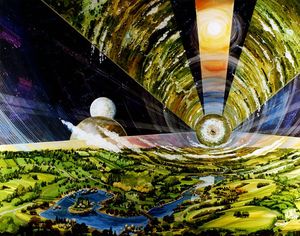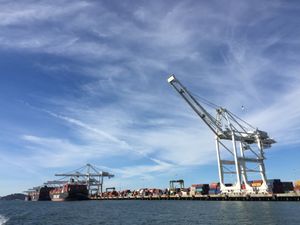An interview with Fred Scharmen
It’s an exciting time in space news, with ever accelerating launch schedules and new private space companies staking out market niches. And while space exploration is still a young field, it has a rich and varied history, replete with competing ideologies. Fred Scharmen’s Space Forces: A Critical History of Life in Outer Space traces eight space exploration paradigms, from 19th century Russian Cosmism to the New Space startups of today, and questions what exactly it means when “we” go to space - who is encompassed in that we, and what do they want?
Fred is an architect, professor, and researcher who guides readers through the many proposals for living in space - both possible and impossible, plausible and implausible - that have been put forward over the decades, exploring the history of ideas as much as the history of technologies.
Scope of Work's Members’ reading group recently read Space Forces and invited Fred for an hour-long conversation about the book. What follows is an edited and condensed transcript of our discussion, which included Fred, Hillary, and other Members of Scope of Work.
Hillary Predko: You build up to an argument that many of the New Space visions in the news today, namely those put forward by Elon Musk and Jeff Bezos, are recycled future visions from those who came before them. Bezos is a really clear example, he has shaped Blue Origin around Gerald O’Neill’s work, even using the same rhetoric about the risks of planetary stasis. And as you point out in the book, Blue Origin’s illustrations depict the same types of architectural spaces from O’Neill’s Summer Studies but updated in a rather suburban way. How do you think about New Space and the influence of charismatic billionaires?

Fred Scharmen: We arrived in a new era of the Space billionaire right after this book was published - by my last count five billionaires recently traveled to space. And there's a lot of press and a lot of backlash around the seemingly simplistic idea of space tourism. I think it's really important to remember that these stunts are just that: stunts. There are bigger projects that are worth taking seriously.
Investing large portions of your net worth into a 20 or 30-year project is a serious deal, it's not just about Richard Branson flying to the stratosphere or Captain Kirk getting a ride in the Blue Origin, New Shepherd. So for Bezos, mining the Moon is the first step, following this playbook that's mapped out by O’Neill.
And I think for Musk, it's not just the Wernher von Braun obsession with Mars, it's the obsession with existential risk that also motivated von Braun’s whole worldview. When he wasn’t talking to Walt Disney or the American baby boomer public, that was his rhetorical device. In private rooms within the United States government or with military generals, von Braun was saying, “We need to go to space and we need to be first and we need to be best because if someone else does it, they'll be able to take over the world.” I think Elon Musk is motivated by similar fears and ambitions, and he uses similar rhetorical devices to build his network. So, it is worth remembering that there's more going on behind the launches and the landings and the spectacles.
HP: Throughout the book, you explore a series of historical paradigms around space exploration–or, as you call them, “planetary imaginations.” What I found so interesting is that you don’t separate the science fiction from the actual history of humans in space - you examine the science fiction novel von Braun wrote just seriously as the rockets he built. Can you speak to how you conceptualize the link between space science and science fiction?
FS: In between space science and science fiction is the built environment fields: landscape architecture, architecture, and urban design. That is my homeworld, and I started to realize that the act of saying that a space that doesn't exist will exist and that it will be a good thing for a world (whether that world is a city or a neighborhood) is essentially speculative fiction. When I went digging through the histories of space science - I found a lot of shared goals and techniques between architecture, space science, and science fiction.
You see the same blurring of the lines between practicality, like, “We can build this, it's going to be exactly this tall, we're gonna specify the structure in this way, the budget works out,” and the aspirational rendering of like, “Here's the happy streetscape with all the kids with balloons and plenty of parking, and it's a sunny, beautiful day and we have this great new building.”
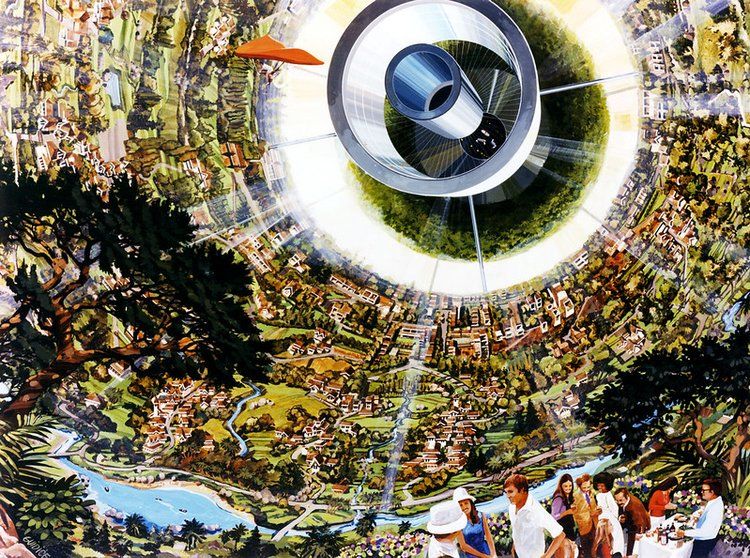
Space scientists were doing the same thing, and they were doing it in the realm of science fiction. You have Wernher von Braun writing about this great trip to Mars, backed up by Arthur C. Clarke, who's almost using science fiction to propagandize for the von Braun paradigm. And then you have people like Rick Guidice, a painter who is moving fluidly back and forth between illustrating science fiction and illustrating speculative projects for NASA (and by the way, he's trained as an architect). Seeing those different shared techniques turned on a light in my brain that said, “There's a lot here in the space between these disciplines and territories to explore.”
Aaron Rose: A common theme you see between all these visionaries of outer space - whether they want to build on the Moon, on Mars, or make free-floating structures - is that they see space as a blank template to fix societal ills. There are a lot of utopians that sell the idea that solutions will literally trickle back down to Earth. Do you think that's a productive way to think about space exploration, or are we just going to recreate all of our problems - just with no atmosphere?
FS: I sometimes say that I'm optimistic about this stuff for three days a week, and I'm pessimistic about two days a week, and then I take the weekends off. On my best days, I think it’s probably true that there are side benefits that will follow from techniques developed for human cultures to live permanently in space. We can think about building systems for environmental controls - just dealing with thermodynamics is such a fraught problem in these harsh environments, and of course, thermodynamics is the root of so many problems here inside the atmosphere. We can think about food and air recycling, protection from extreme environments, or learning to live together under pressure. All of these are techniques for surviving a world together and I think the development of those techniques in space is probably a net good.
So I am a utopian on some days, but I think that utopian practice has to be done consciously, critically, and with intentionality. The idea that space will offer a kind of liberatory potential for the individual or even an isolated culture is something that I'm really skeptical of.
AR: One follow-up from that - are there any projects going on right now that you think are a real home run and exciting?

FS: Oh, I think there are tons of things going on that are really exciting. I'm excited about Axiom’s private space station and the idea that this new community, this new module, is joining the ISS. As an architectural object, the ISS is a set of modules - there's a Japanese module, and modules from the European Space Agency, the United States, the Russian Federation - it all works because of the universal docking adapter that was developed for Apollo–Soyuz back in the 1970s. The same technology that allowed the space race to symbolically end by joining these two iconic spacecrafts now allows for this international community to exist. So, adding commercial players to that network is neat both from an architectural perspective and from a broader perspective that looks at architecture as the production of shared worlds.
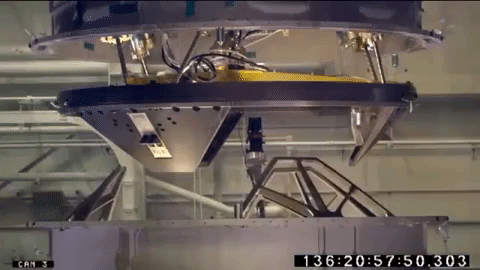
Similarly, I'm interested in seeing how Blue Origin’s Orbital Reef private space station develops. It will be positioned so “up” is oriented towards Earth, instead of the other way around on ISS. That common space will be the spine that other modules can plug into, and you’ll have this shared experience of living together with the earth as the sky, which is a fascinating proposal. Blue Origin’s PR is almost too boring - they talk about Orbital Reef as a potential business park in space, which sounds really sleepy. The broader implications are much cooler than what is captured by that phrasing.
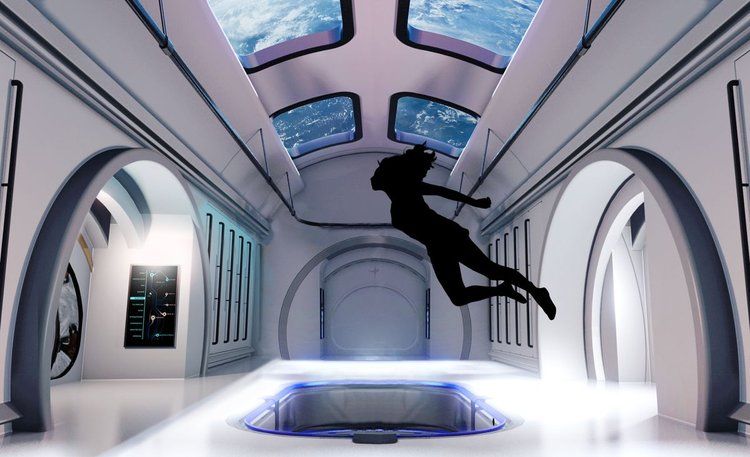
So, I'm excited about the private space stations, although I'm not excited about the lack of transparency that might come along with these endeavors. We could probably tune into a live feed from the ISS right now and see what somebody's doing up there. I doubt we will ever be able to tune into a live feed from Blue Origin’s Orbital Reef because they'll be doing proprietary science, developing patents, and so on. I think things are going to get more and more exciting, but they're going to get less and less visible, which is a tough dichotomy.
Andrew Angellotti: I hate the notion that social problems on Earth are so much more difficult to solve than engineering issues, so I really liked the proposition of viewing social structures as technologies. Nothing is pure technology, it’s all a spectrum. But this is kind of an abstract idea - have you run across any more boots on the ground, concrete projects that engage with this?
FS: I hope that there are many ways to be human in the future and to work with other people, and so I'd say that there's potential, again, to bring something back down from space to Earth. I find a lot of potential in documents as acts of political technology, especially the Outer Space Treaty, and to a lesser extent the Moon Agreement (because it's tragically not as well ratified).
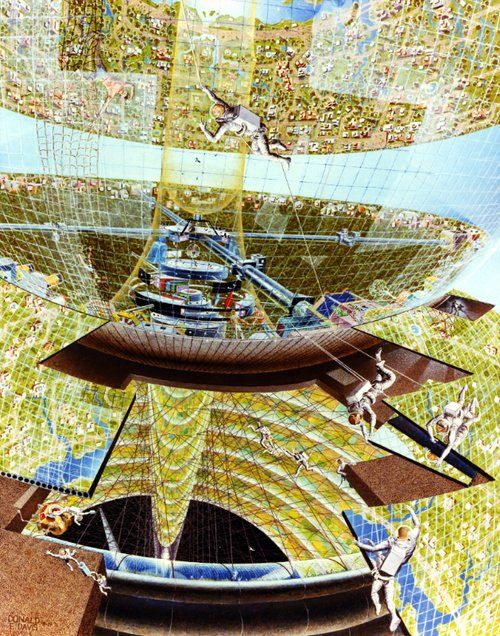
I’m particularly interested in the construction of the astronaut as a category - as an act of political technology. I didn't write about this too explicitly in the book, but one reading of the Outer Space Treaty says that an astronaut is anyone engaging in activities in outer space. I can say that with a little bit more authority than I could a year ago because I've consulted with people in space law about this - basically, you could read it that way, but as the Outer Space Treaty is international law it would need to be tested in the International Courts at the Hague.
In this reading, to be a member of that category of “astronaut” means that you are responsible to offer mutual aid to anyone who needs it (to the extent that you are able) and to warn of any potential harm. So harm reduction and mutual aid are entrenched into the status of the astronaut. The status of the astronaut isn't defined anywhere in the Outer Space Treaty, except as people carrying on activities in outer space, so space tourists are astronauts, they're carrying on activities up there.
Anybody who is a person in space is an astronaut, which I think is a fascinating application of a political and social technology - it's a meta-category that can encompass all kinds of other things, so you can be a space Mormon, you can be a space hippy, but no matter what you are an astronaut - it encompasses everybody's sub-identity. I find that to be an exciting utopia buried in the bureaucracy; in the boringness of international law, we find this hope for the future. Those kinds of applications of meta-categories along with rights and responsibilities could be a fascinating application of space technology brought back down to Earth. You could say, although the space lawyers do not have my back here, that we're all astronauts because we're all in space, even on the planet Earth.
Thanks to Fred for joining us, and to James, Andrew, Aaron, Paul, Rob, and Arushi for all of your questions. Starting 2022-05-06, we’ll be reading Made in the USA: The Rise and Retreat of American Manufacturing by Vaclav Smil.
To keep up to date on the space news, follow along with our friends at The Orbital Index.


